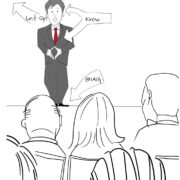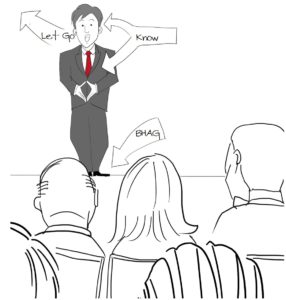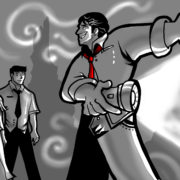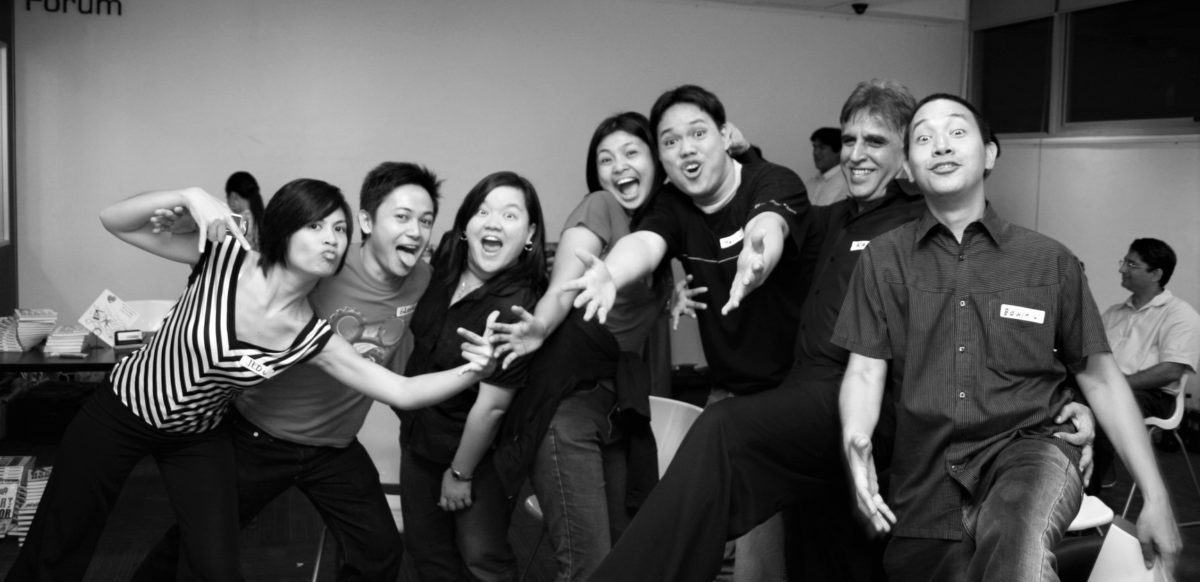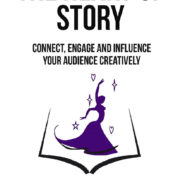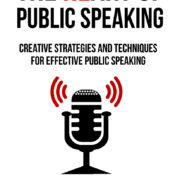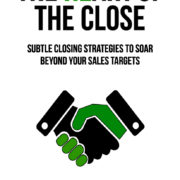The Night of the Jitters

Leticia Ramos-Shahani
I was once invited to compére a dinner function where there were several speakers. The chief amongst them was a lady Philippine presidential candidate. My job was to stay within the theme of the evening, introduce the speakers, and keep the transitions lively, entertaining and contextual.
Easy? Yes, if not for an audience of over a 400 people!
Weeks and days before the event, I gathered the material, read the resumes of the luminaries, prepared my lines and timing. On the day before the event, I had everything down to a pat. But at night in bed, the next day seemed bigger and scarier than most other days.
I tossed and turned restlessly until late into the night. Finally, when I did sleep, I had a nightmare. In the nightmare, I was up on the stage next to all the speakers. The lights were strong on my face. Awed by the crowd, I was in a state of shock. Suddenly, from nowhere the lady chief guest walked up to me, handed me the microphone and said, “Raju, it is your turn! ”
My turn! I grappled with the dozen or so pages in my hands and walked up to the lectern. At the lectern, my papers flew from my hand and circled around me in slow motion. The microphone turned into a cobra and stared me down. And, when I looked down at my finely dressed audience they had changed. In their place were people of all kinds. I saw fishermen, street hawkers, and gaunt-faced ladies with cigarettes dangling from their lips. On the floor there were hundreds of crawling babies screaming at their mothers to stop smoking and pay attention to them. My wife was in the crowd begging everyone to calm down and listen to me, the speaker!
The back of the hall had somehow changed into a railway compartment with dozens of big, African-American men playing basketball in it. Big, burly men with beer mugs in their hands were watching the game while the train of my speaking moment was hurtling away towards nowhere!
In the nightmare, I heard someone knock at the door of the railway compartment. Covered in cold sweat, I woke up with a scream in my throat! As I sat up in bed, I recognized the absurdity of the whole situation. The demons of anxiety and fear were playing games with my mind.
The knocking on my bedroom door was real, and I walked up to it and opened it. There stood my little 7-year-old daughter, crying for her mother. I picked her up and held her against me. My fears subsided and a smile took over my jitters and doubts.
I was overcome by an inner peace and calm. I went to sleep assured that tomorrow, I was going to perform for a crowd not go to war with the world. My fears were gone and the material that I had been working upon became mine. The next day I dazzled the crowd and the lady chief guest at the dinner function.
Note: I post this in honor and the love I, like, many have for the late Senator Leticia Ramos-Shahani of the Philippines who just passed away this morning of 20th March, 2017.

